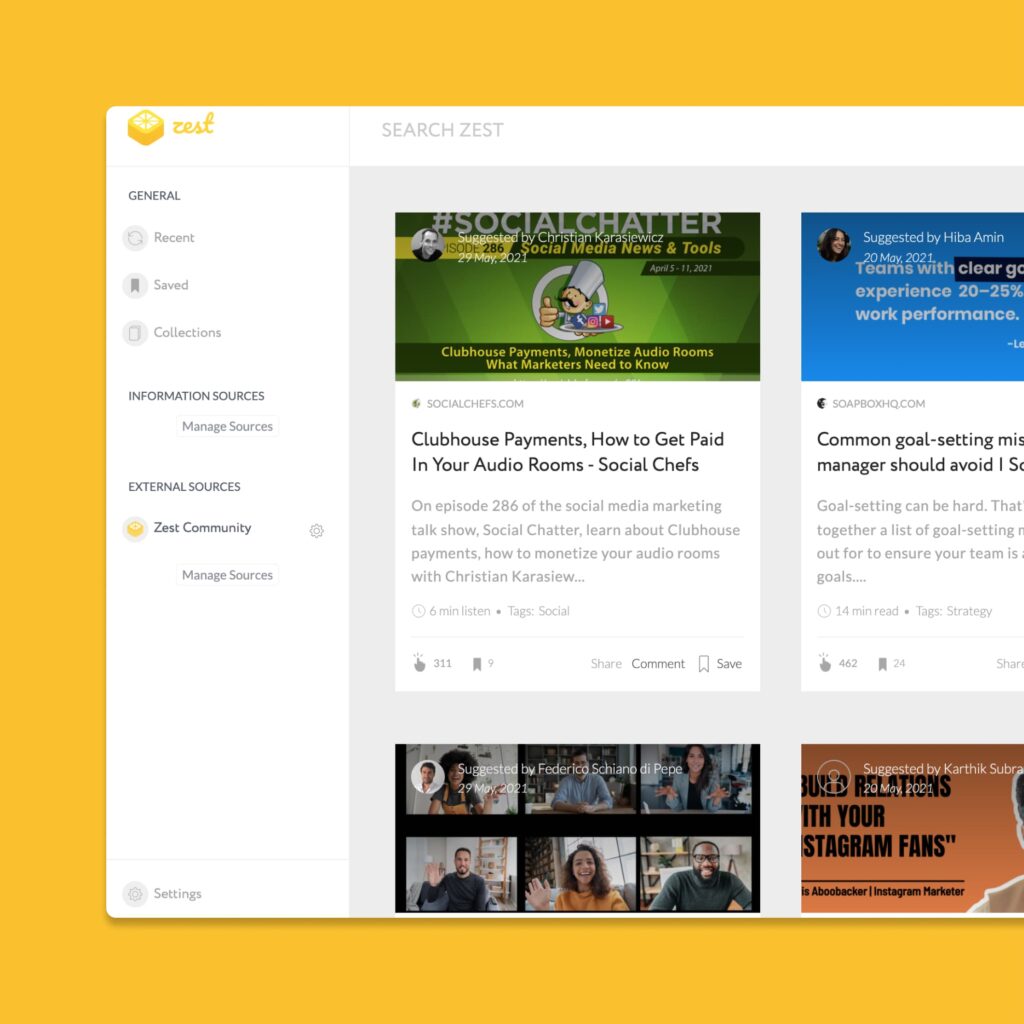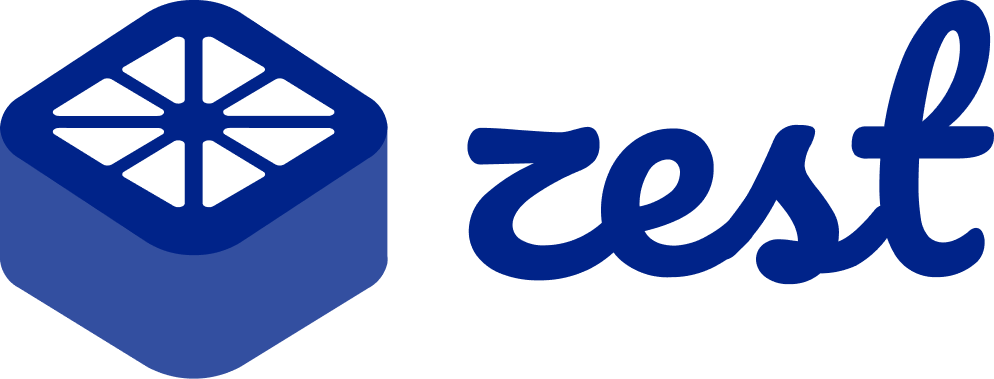Blog
User Stories: What They Are, and How They Shape the Quality of Your Product

Introduction
At its core, a user story is a simple yet powerful representation of a product feature from the perspective of the end user.
It captures a specific requirement or functionality that a user desires.
In this article, we will explore the importance of user stories, and their link to Agile development practices, give you tips on why and how to write effective user stories, and finally how they shape the quality of your product.
What are User Stories?
As we have already mentioned, user stories are concise, straightforward descriptions of a feature or functionality, told from the perspective of the person who desires the new capability.

They are often expressed as a simple sentence that emphasizes the user’s role, the desired action, and the expected benefit.
At the heart of user stories is the end user, by focusing on their needs, preferences, and motivations, user stories foster empathy and ensure that the product team remains aligned with what matters to the user.
As we continue to delve into this article, you will learn that the importance of user stories goes beyond just capturing requirements.
They serve as a foundation for collaboration, enabling cross-functional teams to have a shared understanding of what needs to be built and why.
Why Create User Stories?
The creation of user stories offers a host of benefits to your product development, what are some of these benefits?
- Clarity and focus: User stories help distill complex requirements into actionable items. They provide a clear vision of what needs to be achieved ensuring that the development team does not lose sight of the end goal
- Facilities Collaboration: By expressing requirements in a non-technical, user-centric way, they bridge the gap between technical and non-technical stakeholders.
- Prioritization: This is probably one of the most important aspects of creating effective user stories. It becomes easier to determine which features will deliver the most value to the user because the most impactful features are developed first.
- Continuous Feedback Loop: User stories are a huge part of iterative software development. As each story is developed and tested, feedback is gathered, which will then influence the development of subsequent stories and so on.
- Flexibility and Adaptability: User stories are a facet of Agile development. They allow teams to pivot and adjust as they gain more clarity into the user’s needs as well as the evolving market condition.
Enhancing User Experience
User stories also play a huge role in enhancing the overall user experience (UX) of a product
They foster empathy-driven design, where teams are compelled to step into the shoes of the end-user to make sure that the product is not just functional but that it resonates on an emotional level
By focusing on real-world cases, user stores reduce the risk of building features based on assumptions. Every feature has a clear purpose.
Streamlining the user journey also becomes much easier since you know exactly what the user wants to see and experience, resulting in interfaces and interactions that feel tailored to user personas.
Build a simple product that works and converts.
Get step-by-step guidance from product managers, UI/UX designers, and tech leads, taking you from idea to launch
Tips for Writing Effective User Stories
Crafting effective user stories can sometimes be difficult because of their sheer simplicity. In this section, we’ll be sharing 7 tips to help you start writing effective user stories
The Template
The most popular template for writing user stories captures the essence of who the user is, what they want to achieve, and their underlying motivation.

For example: “As a user, I want to be able to reset my password so that I can gain access to my account”
Tip 1: Do Not Overcommunicate or Under Communicate
Overly detailed user stories can slow down and even complicate the development process, while too vague a story can cause misinterpretation. Aim for clarity and conciseness, providing just the right amount of detail to guide the whole team.
Tip 2: Use Stories to Enhance, Not Replace, Communication
Here, try and think of user stories as conversion starters, and not end-to-end specifications. They should act as a springboard for discussions between stakeholders, designers, and developers. Always be open for dialogue and clarification.
Tip 3: Utilize Visuals When Appropriate
As the saying goes “A picture is worth more than a thousand words.” Sometimes a simple sketch, a mockup, or even a screenshot can convey a lot of information. If a story can be explained better alongside an image, do not hesitate to use it! Make sure you take your time to edit images to enhance clarity and ensure they effectively support your narrative with the latest tools available.
Tip 4: Be Descriptive, Not Prescriptive
Focus on the ‘what’ and the ‘why’ rather than the ‘how’. Describe the desired outcomes and their value, rather than dictating how they should be achieved. This will give your design and development team the freedom to be creative and innovative.
Tip 5: Ensure Consistent User Perspective
Always write from the user’s point of view. Avoid technical jargon and make sure that the language used resonates with the end-user’s perspective.
Tip 6: Keep it Quick and Simple
The best user stories are easy to understand and can be written quickly and clearly. If you find yourself spending too much time refining a story or if it starts to become lengthy, consider breaking it down into smaller chunks.
Tip 7: Prioritize and Validate
Once written, prioritize the stories based on their importance and impact. Regularly validate them with real users or stakeholders to make sure that they remain aligned. Remember that the aim of a user story is to convey a user’s need in a way that is actionable for designers and developers.
Examples of User Stories
Here are three examples that illustrate the structure and power of well-crafted user stories
Example 1: Online Bookstore Checkout
An online shopper wants to save multiple shipping addresses so that they can easily choose where to send their purchases without re-entering the information every time they log into the website.
Acceptance Criteria
- Allow users to add a new shipping address during checkout.
- Enable users to select from previously saved addresses.
- Provide the option to edit or delete saved addresses.
Impact: By enhancing the checkout experience, there is potential for increased user satisfaction, and reduced cart abandonment which will eventually lead to increased sales.
Example 2: Fitness App Progress Tracking
A fitness enthusiast wants to view a weekly summary of their workouts so as to track his or her progress and make adjustments to my routine
Acceptance Criteria
- Display the total number of workouts completed in a week.
- Show the total calories burned and average workout duration.
- Provide a breakdown of workouts by type (eg., cardio, strength training).
Impact: Users will be able to feel more motivated by visibly tracking their progress. This could lead to better app engagement and retention as users share their milestones on social media
Example 3: Corporate Collaboration Tool
A project manager wants to assign tasks to team members and set deadlines so that he or she can make sure projects stay on schedule and everyone knows their responsibilities.
Acceptance Criteria
- Allow the creation of tasks with titles, descriptions, and deadlines.
- Enable task assignment to specific team members.
- Send notifications to team members when they are assigned tasks.
Impact: Clear communication, which will lead to better project timelines, better accountability, and a transparent roadmap for all stakeholders
How User Stories Help Shape the Quality of Your Product
So how do user stories help morph and influence the overall quality of the product you’re building?
Focused Development
User stories guide development teams towards what truly matters to the user. There is no room for developing features based on personal hunches or sentiments. The team focuses on the most crucial features at all times leading to a product that resonates with your user’s needs.
Stakeholder Alignment
User stories are a source of common understanding across your whole product team and even other stakeholders like management and marketing. Everyone is on the same page, reducing the chances of miscommunication and an ununified vision.
Consistent User Experience (UX).
Crafting stories from a user’s perspective will help your developers and designers maintain a consistent UX across the entire product. Users will not be confused or frustrated when they are using your product since everything is where it needs to be.
Reduced Scope Creep
One of the major challenges of software development is scope creep. This is a situation where features keep getting added often leading to delays, bloated products, piling support tickets, and unhappy users.
User stories, by their specificity, can act like a ‘north star.’ They help keep the focus and reduce the tendency to overextend.
Transparency and Trust
Your team will easily build trust with one another since the whole creation process of these stories is done together. Everyone feels involved and valued in the product development journey.
Adaptability to Change
Technology is ever-evolving, which means that the needs of your users will also evolve. User stories offer the flexibility to pivot when needed. If a particular story becomes obsolete or less relevant, it can be deprioritized or replaced with a more current one.
Iterative Testing and Feedback
Last but not least is the iterative approach that ensures improvements or issues can be quickly identified and addressed. User stories are bite-sized and focused which leads to a more polished final product.
Conclusion
User stories are the lifeblood of Agile software development. They help bridge the gap between the user’s world and the developers, helping offer invaluable insights that shape the direction of a product.
However, like any other tool, their effectiveness is dependent on how well you craft them and use them.
Always be open to feedback from all stakeholders, because each perspective offers a chance to refine and improve.
Remember that the world of Agile offers endless possibilities to get better so don’t be disappointed by initial challenges or missteps. Each story is a stepping stone and a learning opportunity for the next better-crafted narrative.
Stay updated with the latest technological trends, with your finger on the pulse of what your users need and want.
Finally, remember to celebrate small wins. Every story that positively impacts your product can and will not only boost morale but reinforce the value of well-crafted user stories.
Are you ready to build your next product? Get in touch with us today!
Read more


Case study:
Zest
Learn how Zest used Trustshoring services to scale their business!

How to Get Better Project Estimations from Web Developers?

Building a Telehealth Startup to Change the Face of Health Tech During and After COVID-19

AI in Software Development: The Key Opportunities and Challenges

How to Develop a SaaS Application in Your Industry: A Step-by-Step Guide
Create a free plan for growth
Speak to Victor and walk out with a free assessment of your current development setup, and a roadmap to build an efficient, scalable development team and product.
“Victor has been great. Very responsive and understanding and really knows his stuff. He can go the extra mile by tapping into his prior experiences to help your company out. Really enjoyed working with him.”
Founder of Agency360

Victor Purolnik
Trustshoring Founder
Author, speaker, and podcast host with 10 years of experience building and managing remote product teams. Graduated in computer science and engineering management. Has helped over 300 startups and scaleups launch, raise, scale, and exit.